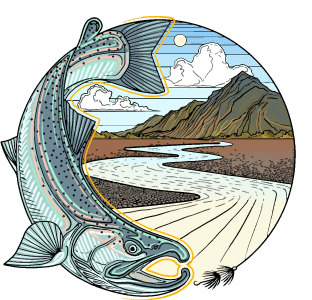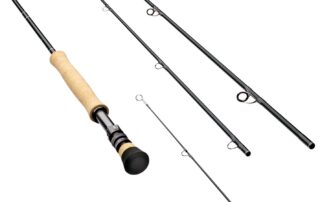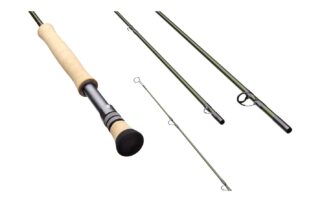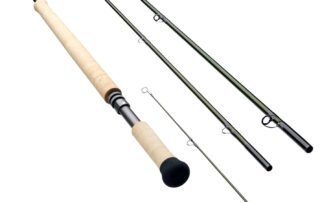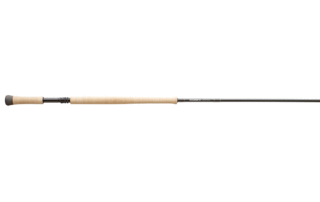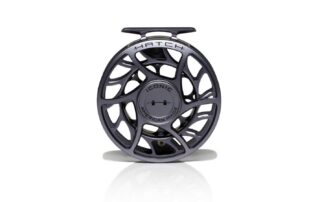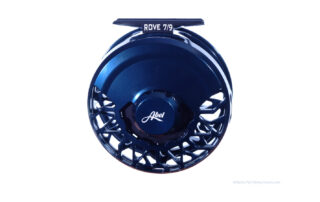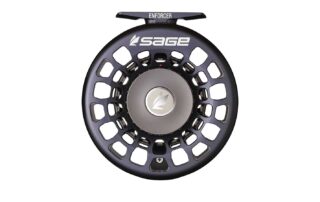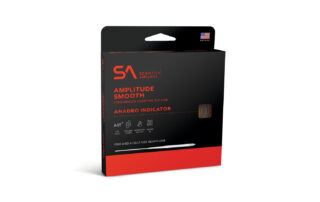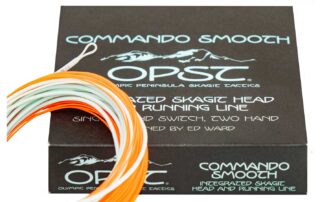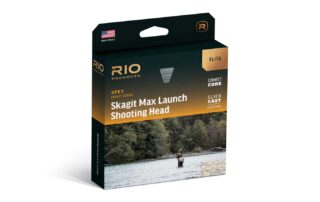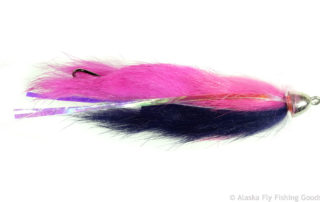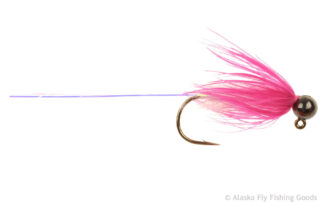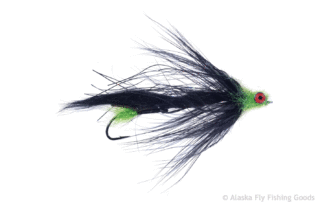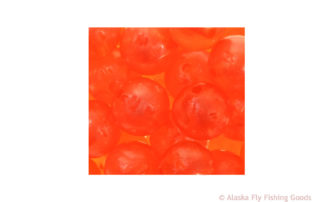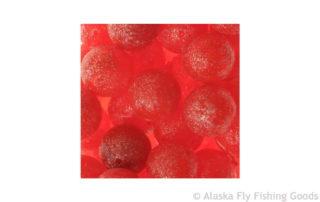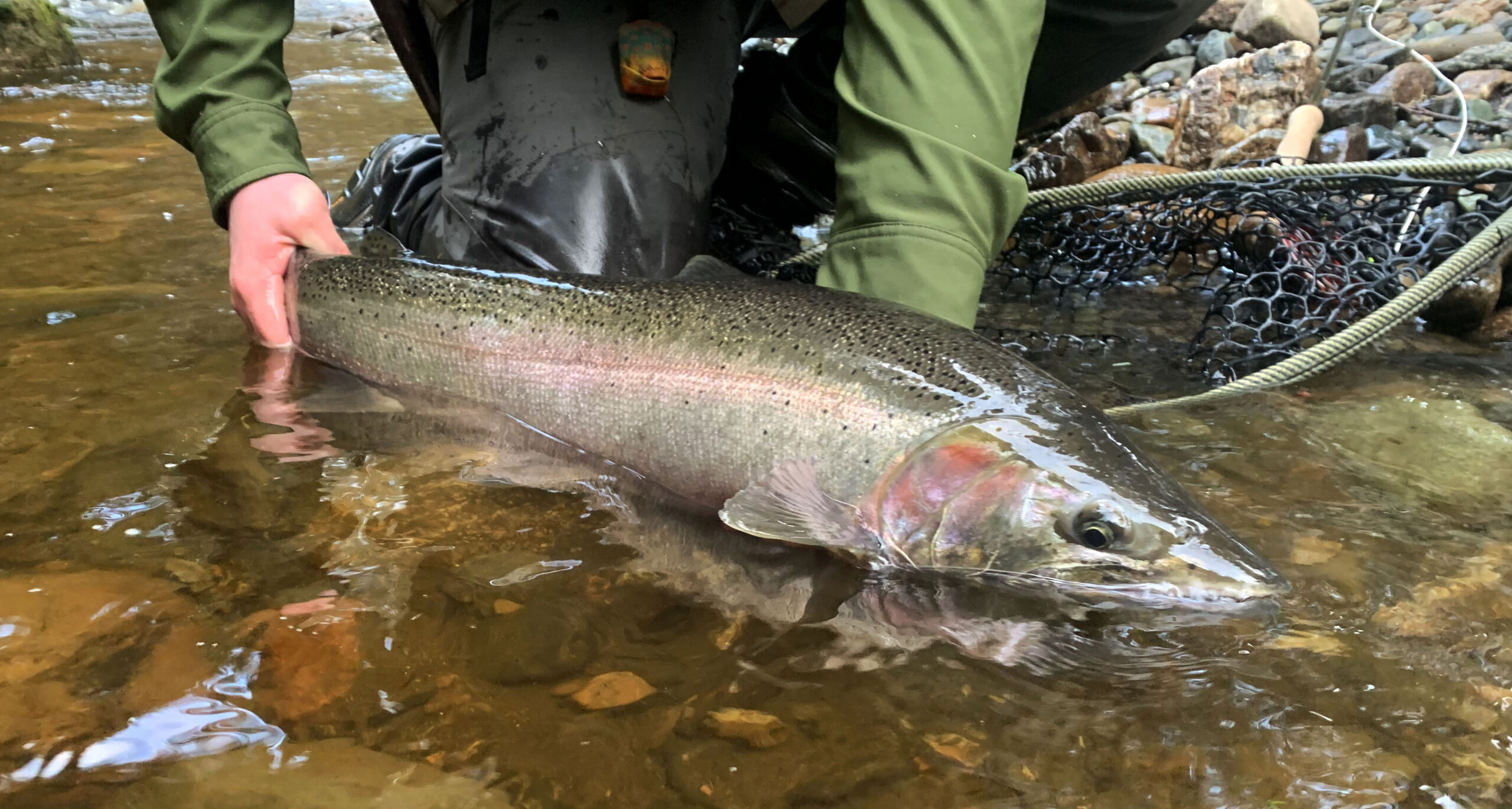
OVERVIEW
Steelhead are the most sought after, but least abundant of the salmonids. These sea-going rainbow trout are found in over 500 river and creek systems throughout Southeast Alaska, the Kenai peninsula, and Kodiak. Most watersheds support small runs, numbering up to 200 returning adults. The "fish of 10,000 casts" is divided into 2 distinct stocks. The spring run is available from March to June, while the fall runs from September to November. Some unique systems in southeast support both spring and fall runs. Systems with both spring and fall runs are almost always connected to lakes. Most Steelhead average 8-12 lbs. with trophy specimens topping 20 lbs. These fish are some of the wariest salmonids and rate near the top of the "angling challenge" scale.
Steelhead are formidable opponents once hooked, capable of mad dashes and skyrocketing leaps. The prudent angler gears up with a 7 or 8wt rod matched to a high-capacity reel with a good drag to battle these chrome rockets. Two-handed spey rods can be used on some of the larger rivers such as those found on the Alaska Peninsula. In general, they are too long for most Alaskan steelhead streams. Switch rods on the other hand are short enough to be a very useful tool with either a Skagit compact or 2 size heavy nymph/indicator line. Depending upon the method of presentation, fly line choices include weight-forward floating lines, sinking tip lines, and multi-tip systems to deliver your offering to the proper depth. Steelhead flies are as numerous and varied as the folks that fish for them. Some Alaska favorites are the Garcia Sculpin, Dolly Llama- Black & White, and the Pink String Leech. Beads between 10-14mm are also very effective.


RODS
If you are planning on chasing Alaskan steelhead with a single hand rod, we suggest using a 9-10' 7-8wt rod. If you are using a nymphing/dead drifting technique, a 10' medium-fast action rod is ideal for long line mends. Longer rods offer more control and roll cast better, which is critical in S.E. AK. Chasing steelhead with switch rods is becoming increasingly popular because it is easy to change from nymphing to swinging, simply change out your spool. On small Alaskan streams, a 10'6" to 11'9", 7-8wt switch rod with a Skagit compact or OPST Commando line is best for two-hand casting. When using the switch rod as a long single-hand rod we often recommend you over line by 2 sizes. If you are chasing Alaskan steelhead on the Alaska Peninsula or Southwestern Alaska, you can try your hand with a full spey rod, in which case we recommend a 12'6"-13'6" 7wt rod.
REELS
We cannot stress enough the importance of a good reel while chasing Alaskan steelhead. Steelhead are powerful fish that love to head for wood when hooked. With steelhead being the "fish of 10,000 casts", you don't want to ruin your chances of landing one because of a skimpy reel. Nothing is worse than an angler crying on the side or the river because of cut corners. Whether it is a cast aluminum or machined reel, you will want to make sure that your drag is a hearty one.
LINES
The best line for steelhead depends on your chosen method of angling. If nymphing flies or fishing beads is the preferred method, look for a weight forward, heavy floating line with a long head. This helps with roll casting and mending, which is critical in our Steelhead fisheries. If swinging flies is the preferred method, short sink tips in both medium and fast sink rates are recommended. A multi-tip line with the standard 15' tips supplemented with super-fast tips can be ideal on Alaska's smaller steelhead streams. If you plan on using a two-hand rod, stick to either a Skagit compact or OPST Commando type line. In Alaska we don't have summer run fish so the dry fly angling is generally nonexistent. A 10ft tip is recommended in various sink rates. We like the medium Rio MOW tips for Skagit compact heads. OPST Commandos have their own type of tip to accompany their own system.
FLIES
There are a lot of options when it comes to choosing flies for steelhead fishing. Flies vary from egg sucking leech patterns, large strung-out patterns and small nymph patterns. Color can be the difference between catching fish and not. In S.E. a lot of the watersheds are tannic and dark brown, some are gin clear, and others can be slightly glacial. Here in Southeast hot pink, purple, orange, red/black and black/blue are our favorite color combos, but any combination of them can be deadly also. If the fish are being particularly picky don't rule out naturals, especially if chasing fish in the fall or winter.
BEADS
Beads were originally associated with fishing for trout during the salmon spawn. They started catching on with anglers in the Pacific Northwest over a decade ago and now have become a staple in most anglers' boxes. For steelhead in Alaska, try beads sizes from 8mm-14mm in hot pink, orange, red and peach. Off colors like blue and chartreuse can be really good when fishing to pressured fish on rivers like the Situk. Glow beads are also very effective, especially when fishing at first or last light.

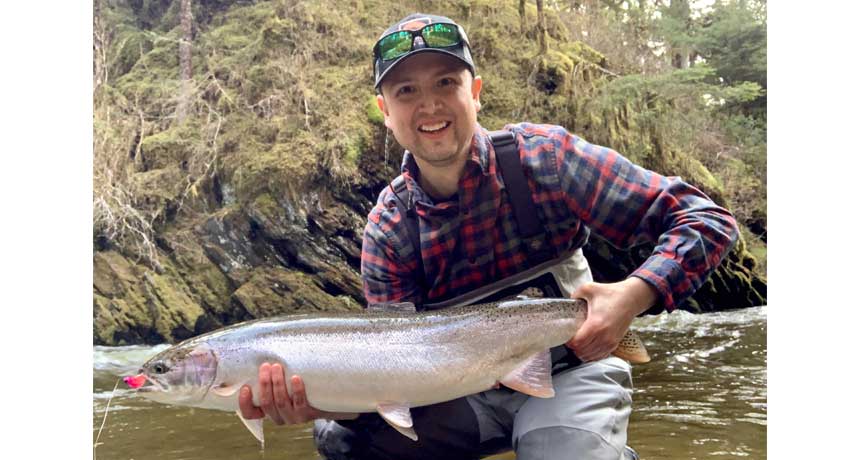
If you have any questions about fly fishing for Steelhead Trout in Alaska, feel free to contact us or call the shop at 907-586-1550.

